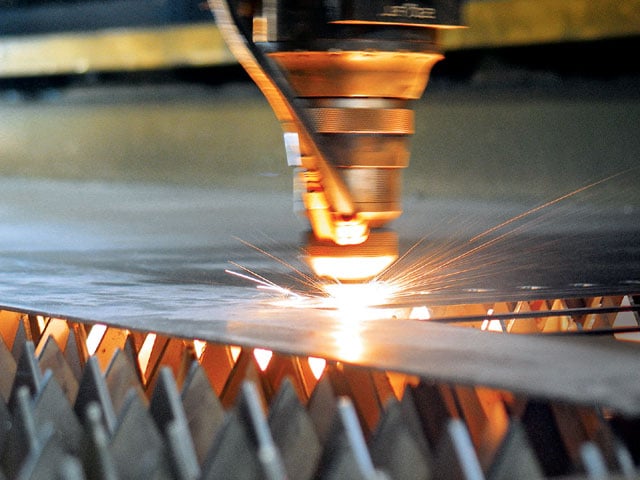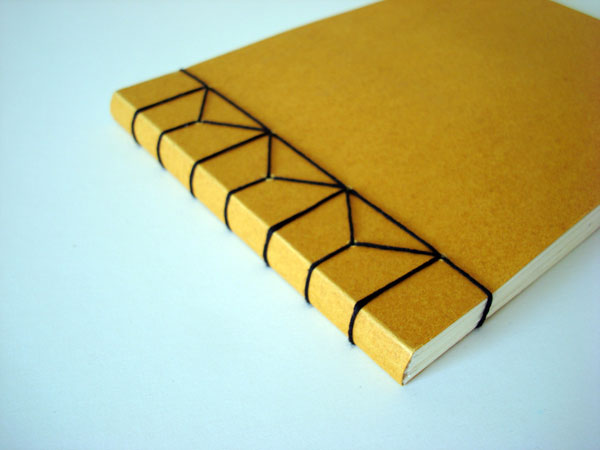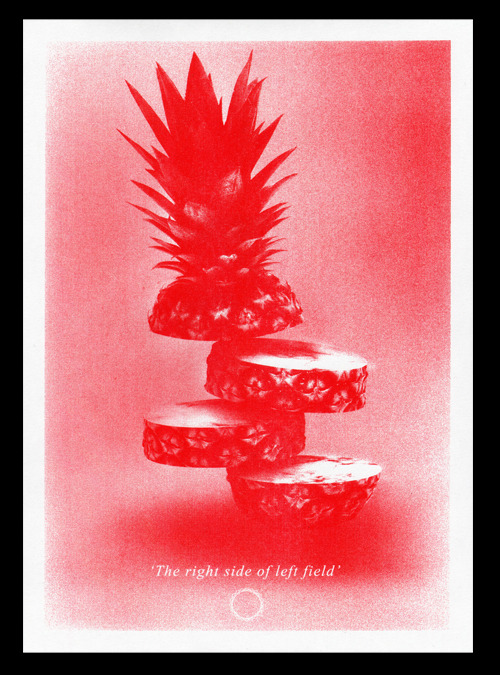What is Design for Print?
Below is an images of the list my group created. We were unsure what direction to go in so made separate lists. The first list names products of the print process and the second lists some of the production techniques.
After feedback and a group debate we were tasked with creating a sentence, it needed to be simple and accurate enough to describe what design for print is to a random person with no design knowledge;
"In order to design for print a designer must take the appropriate audience, context, process and materials into consideration to produce a physical outcome."
After creating our sentences we discussed as a class if it is possible to actually define what 'design for print' is. Unfortunately, it is a very vague term leaving it open to multiple interpretations. However, despite these difficulties we can define the term to a certain extent.
Design for print can be categorized into six groups;
- Format
- Colour
- Production
- Process
- Finishing
- Stock
TASK
At the end of the session we were asked to complete a task in relation to the above print categories;
'For each of the print categories find two examples of work that would belong to that specific group.'
FORMAT - Referrers to the size, scale or form that an outcome takes.
Poster - Illustrated by Aaron Horkey

Publication - No. Zine

COLOUR - Referrers to the colour choices used on a design, this can effect the process and production.
Multi-coloured print - Dan Blackman

Black and White Photocopied Zine

PRODUCTION - Referrers to the physical making of the product.
PROCESS - Referrers to the methods used when creating the product.
FINISHING - Referrers to the variety of finishing processes applied to the design at the latter stages of the project.
Letterpress - Two Arms Inc.

STOCK - Referrers to the materials used.
Newsprint - Cairo Divided

Matte Paper - Huck Magazine
After discussing the first question each group was asked to identify as many different processes of design for print, such as 'Foiling'. Our group responses are listed below;
Print Processes
- Embossing
- Debossing
- Spot Varnish
- Foiling
- Guilding
- Edge printing
- Etching
- Lazer etching
- Mono printing
- Digital print
- Lino printing
- Lithograph printing
- 3D printing
- Screen-printing
- Wood block print
- Letter press
- Collegraph printing
- Risograph printing
TASK
Upon finishing our discussions about the different print processes we were presented with another task;
'Define three print processes that you want to learn and/or improve this year.'
SCREEN PRINTING
Last year acted as a good introduction to the screen print process, I was able to lean the complete process and apply the technique in some of my projects. This year I want to build on this foundation of knowledge and experiment further with multi-layered prints.

EDGE PRINTING
Edge printing is something that I first came across at the Leeds College of Art end of year show, in the graphic design section of the exhibition there were various students who utilized edge printing on their business cards. The results were really effective, the subtle application of colour on the edge of the card made it eye catching and memorable. Therefore, edge printing is a technique that I want to experiment with this year.

LAZER CUTTER
While collecting research for my summer brief I came across various designers who successfully utilized the laser cutter in their work. The technique can create some amazing results and so it is something I would like to learn and apply to my design practice.

EMBOSSING & DEBOSSING
Embossing and debossing is the process of applying either a raised or recessed relief image on paper or another similar material. The technique is often used on buisness cards and on book covers.











No comments:
Post a Comment